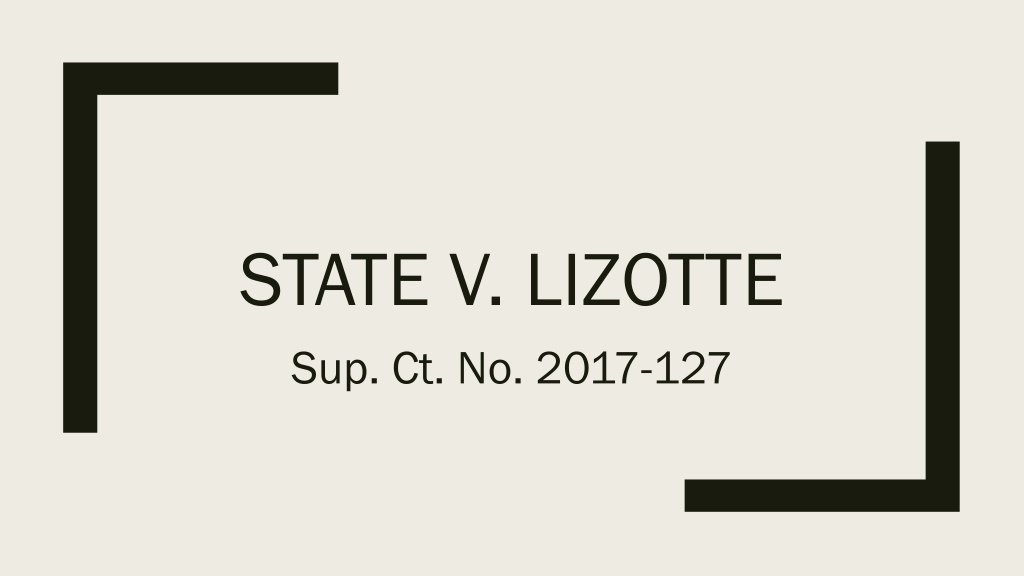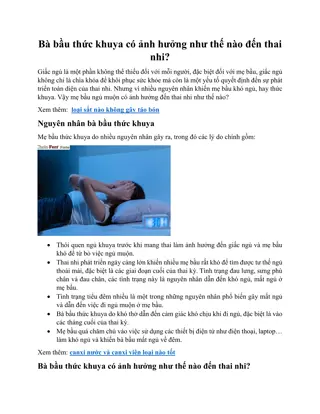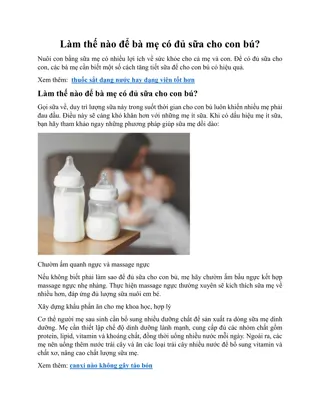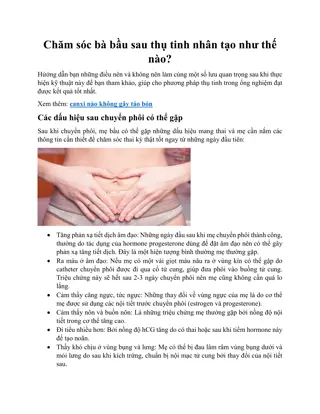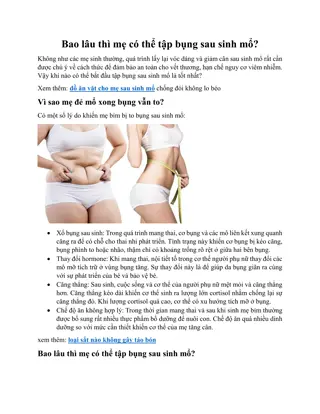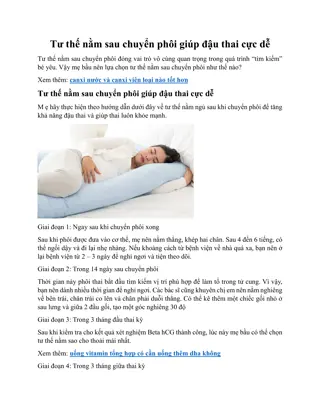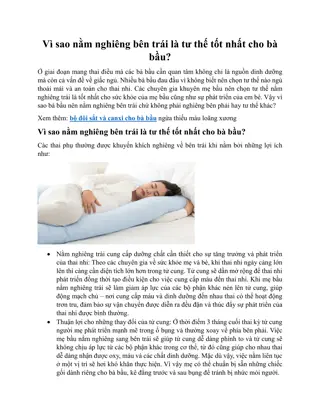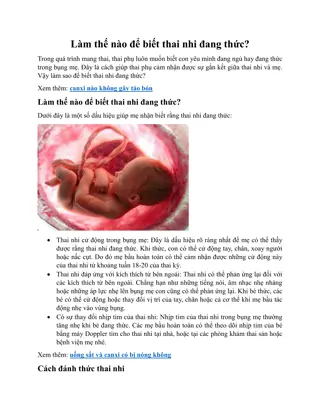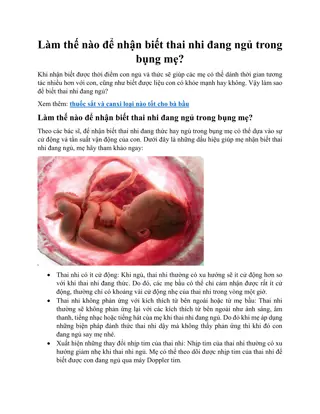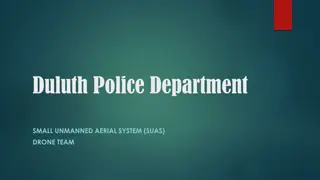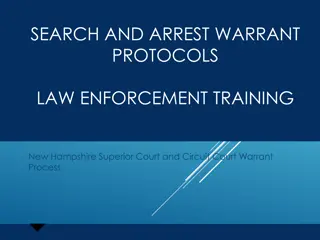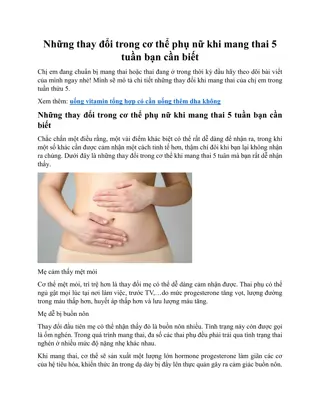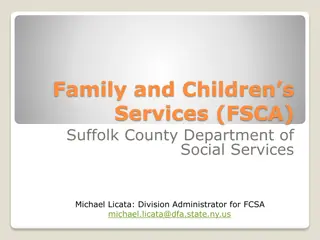Challenging the Need for a Warrant in State v. Lizotte
In the case of State v. Lizotte, the debate revolves around whether a warrant is required before the government can search and seize Mr. Lizotte's emails. Various arguments are presented regarding privacy expectations, consent, and the application of legal doctrines. The significance of the Fourth Amendment and Article 11 is examined in the context of this dispute.
Download Presentation

Please find below an Image/Link to download the presentation.
The content on the website is provided AS IS for your information and personal use only. It may not be sold, licensed, or shared on other websites without obtaining consent from the author.If you encounter any issues during the download, it is possible that the publisher has removed the file from their server.
You are allowed to download the files provided on this website for personal or commercial use, subject to the condition that they are used lawfully. All files are the property of their respective owners.
The content on the website is provided AS IS for your information and personal use only. It may not be sold, licensed, or shared on other websites without obtaining consent from the author.
E N D
Presentation Transcript
STATE V. LIZOTTE Sup. Ct. No. 2017-127
Computer searches Computer searches State v. Lizotte Rep. Appellant: Allison Fulcher; Amicus Rep. Appellant: Allison Fulcher; Amicus br br: ODG appellate div. Rep. Appellee: AGO; Amicus Rep. Appellee: AGO; Amicus br br: NCMEC : NCMEC PENDING PENDING State v. Lizotte : ODG appellate div. Question: Do the Fourth Amendment and Article 11 require a warrant before the government can search and seize Mr. Lizotte s emails? Lizotte AOL National Center for Missing and Exploited Children (NCMEC) Local Law enforcement PROSECUTION
The many, many Government theories why this was okay. And why it s not Private search doctrine eviscerates need for a warrant NCMEC isn t private Govt funded Protected Partner Govt s search exceeded scope of private search Doctrine already rejected, incompatible w/ Article 11 Inapplicable under trespass theory
More reasons the Govt said a warrant wasn t required And why they are wrong. No reasonable expectation of privacy Mr. Lizotte consented Reasonable expectation of privacy in contents of email TOS was not a waiver If it was, it would be unconscionable
The Government did not address Property Search Theory under Fourth Amendment Fourth Amendment right to exclude the Government from interference with property. Tied to common law trespass. Similar right under Article 11 Above and beyond mere reasonable expectation of privacy. (Katz) Mere violation of the dignitary interest in the inviolability of chattels ; Jones (Alito, concurrence) Not even a trace amount of trespass required. Ackerman, 10thCir. USSCT: Collins, Byrd, Jones, Jardines VSCT: Geraw, Morris, Kirchoff
STATE V. SCHENK 2018 VT 45
Judge Waples, Chittenden, Sandy Lee The generic flyer: JOIN THE CLAN, SAVE OUR LAND!!! (tel #, image) The recipients: An African-American and a Latino, women
Disorderly conduct 13 V.S.A. 1026(a) A person who, with intent to cause public inconvenience, or annoyance or recklessly creating a risk thereof: (1) Engages in violent, tumultuous or threatening behavior behavior; or (2) Makes unreasonable noise; or (3) In a public place uses abusive or obscene language[.] threatening
Hate-Motivated Crimes 13 V.S.A. 1455 A person who commits, causes to be committed, or attempts to commit any crime and whose conduct is maliciously motivated by the victim's actual or perceived race, color, religion, national origin, sex, ancestry, age, service in the U.S. Armed Forces, disability as defined by 21 V.S.A. 495d(5), sexual orientation, or gender identity[.]
The unlawful overbreadth Conduct and Hate Crime Statutes overbreadth of Disorderly Violent or threatening behavior; any crime Narrower construction? Disorderly conduct: Behavior targets conduct not speech Hate crime: conduct means conduct, not speech Speech crime? Think: First Amendment. Protected Content-based? Think: Strict Scrutiny True Threat? What s the test? Think: Stringent; narrow exception If a true threat, is Govt free to selectively criminalize? (Nope)
True Threats: Virginia v. Black True threats are those statements where the speaker means to communicate a serious expression of an intent to commit an act of unlawful violence to a particular individual or group of individuals. Intent to cause listener to fear Reasonable listener would fear Imminent bodily injury or death Caused by the speaker.
True threat test must unravel: Is it real or fantasy? Virginia v. Black, 538 U.S. 343 (2003): Intimidation in the constitutionally proscribable sense of the word is a type of true threat, where a speaker directs a threat to a person or group of persons with the intent of placing the victim in fear of bodily harm or death. Watts v. United States, 394 U.S. 705 (1969) (per curium) reversing conviction of 18-year old's threats to kill the president of the United States: They always holler at us to get an education.... If they ever make me carry a rifle the first man I want to get in my sights is L.B.J.
True threats and incitement exceptions are linked Watts v. United States, 394 U.S. 705, 708 (1969): a statute prohibiting threats against the life of the President could be applied only against speech that constitutes a truethreat, and not against mere political hyperbole. NAACP v. Claiborne Hardware Co., 458 U.S. 886, 911, 927- 28 (1982): interpreting Watts, 394 U.S. at 708 as establishing that offensive and coercive speech was protected by the First Amendment, and confirming that mere advocacy of the use of force or violence does not remove speech from the protection of the First Amendment ) (quoting Brandenburg v. Ohio, 395 U.S. 444, 447 (1969)).
True Threat? It [is] a bedrock First Amendment principle: Speech may not be banned on the ground that it expresses ideas that offend. Matal v. Tam, 137 S. Ct. 1744, 1751 (2017)
Another link between true threats and incitement exceptions specific intent Interpreting Watts, 394 U.S. at 707 and Black, 538 U.S. at 362, 365 as making clear that to sustain a threat conviction without encroaching upon the First Amendment, States must prove more than the mere utterance of threatening words some level of intent is required. And these two cases strongly suggest that it is not enough that a reasonable person might have understood the words as a threat a jury must find that the speaker actually intended to convey a threat. Perez v. Florida, 137 U.S. 2111 (2017) (Sotomayor, J. concurring in denial of certiorari).
Key takeaway #1: What informs one categorical exception applies to another Clarifying prior decisions identifying categories of unprotected speech are just that - descriptive." They do not set forth a test that may be applied as a general matter to permit the Government to imprison any speaker so long as his speech is deemed valueless or unnecessary, or so long as an ad hoc calculus of costs and benefits tilts in a statute's favor. Stevens, 559 U.S. at 471.
Key takeaway #2: Analysis is not based on value of speech or balancing of interests The First Amendment is a value-free provision whose protection is not dependent on the truth, popularity, or social utility of the ideas and beliefs which are offered. Meyer v. Grant, 486 U.S. 414, 419 (1988), aff d in Brown v. Entertainment Merchants Ass n, 131 S.Ct. 2729, 2738 (2011)
Key takeaway #3: Categories of unprotected speech should satisfy strict scrutiny [T]he danger of censorship presented by a facially content-based statute requires that the weapon be employed only where it is necessary to serve the asserted [compelling] interest. R.A.V. v. St. Paul, 505 U.S. 377, 395 (1992) (striking Minnesota's disorderly conduct law, which targeted fighting words, as failing strict scrutiny).
Key takeaway #4: All relevant factors must be considered in determining whether speech is unprotected. Complete context and all relevant circumstances surrounding the speech are not just critical, they must be considered. Determining that Virginia's prima facie evidence provision was unconstitutional on its face as it ignored all contextual factors that are necessary to decide whether a particular cross burning is intended to intimidate. The First Amendment does not permit such a shortcut. Black, 538 U.S. at 359-360, 367
Key takeaway #5: If specific intent is missing from a speech crime, then the statute is facially unconstitutional. Narrowing construction necessarily requires intent. Context matters. Even then, specific intent may not be enough See e.g., intentionally causing substantial emotional distress.
STATE V. LARKIN 2018 VT 16
Judge Hayes, Windham, Rick A. and Josh A. Agg domestic assault 2d, he said/she said, photos C s 911 call and statements to cops: Admitted C convicted of a FIPO (4 mos before): not admitted Admissible under Rule 609 method of impeachment. But Ct holds no complainant not present to testify
State argues not preserved Admissible under V.R.E. 807 But VSCT rejects overly technical preservation requirement. VRE 807 is a rule of interpretation. Merely clarifies that VRE 609 s method of impeachment through prior conviction is applicable to hearsay declarants.
STATE V. BELLANGER 2018 VT 13
Judge Howard, Bennington, Frederick B. Agg sex assault of a child, 13 V.S.A. 3253a(a)(8) Requires proof of: repeated nonconsensual sexual acts [part of same occurrence/common scheme] Question: WHAT SHOULD THE JURY INSTRUCTIONS SAY?
Repeated nonconsensual acts Requires two or more instances of contact; AND Jurors must agree on what specific acts occurred. Jury was instructed on the definition of a sexual act and requirement to find more than one act. No specific instruction must agree on the separate the acts
Jury unanimity instruction in multiple acts case Where there is evidence of more than one act that could qualify as sex assault, a specific unanimity instruction is required where State doesn t elect. Here, 4 kinds of sex acts, at 3 least separate incidents, materially distinguishable. Not generic evidence. Does surrounding context matter? (Nope)
